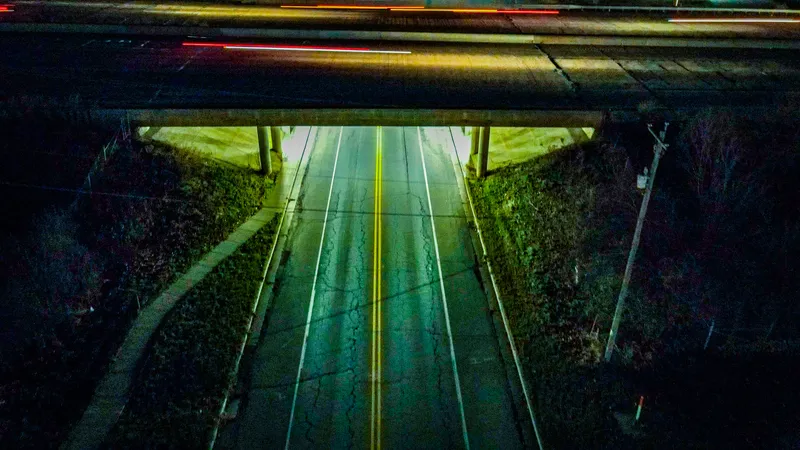With an investment of US$146 billion, the report recommends six cost-effective roadway improvements which it says have the greatest potential to reduce both the likelihood and consequences of crashes.
These include converting key intersections into roundabouts; installing roadside barriers and clearing roadside objects; and adding sidewalks and signalised pedestrian crossing on majority of roads. Other measures include installation of median barriers on divided highways, shoulder and centre-line rumble strips and paving and widening shoulders.
The AAA claims current investments in highway infrastructure improvements in the US are substantially lower than what is necessary to fix the nation's aging roads and bridges. While it says the US$146B investment outlined in the report will have a significant national-level impact, it also claims increased investment is required at all levels of government to prevent an infrastructure crisis.
AAA urges Trump Administration to focus on deteriorating roadways
Key roadway improvements have the potential to save 63,700 lives and prevent 353,560 serious injuries in the US over a 20-year period, according to a new report from the AAA Foundation for Traffic Safety. With the US ranked nearly last among high-income nations in annual traffic fatalities, which continue to rise, AAA urges the Trump Administration to make repairing and maintaining America's roadways a top priority. With an investment of US$146 billion, the report recommends six cost-effective roadway impro
May 3, 2017
Read time: 2 mins
Key roadway improvements have the potential to save 63,700 lives and prevent 353,560 serious injuries in the US over a 20-year period, according to a new report from the 477 AAA Foundation for Traffic Safety. With the US ranked nearly last among high-income nations in annual traffic fatalities, which continue to rise, AAA urges the Trump Administration to make repairing and maintaining America's roadways a top priority.








